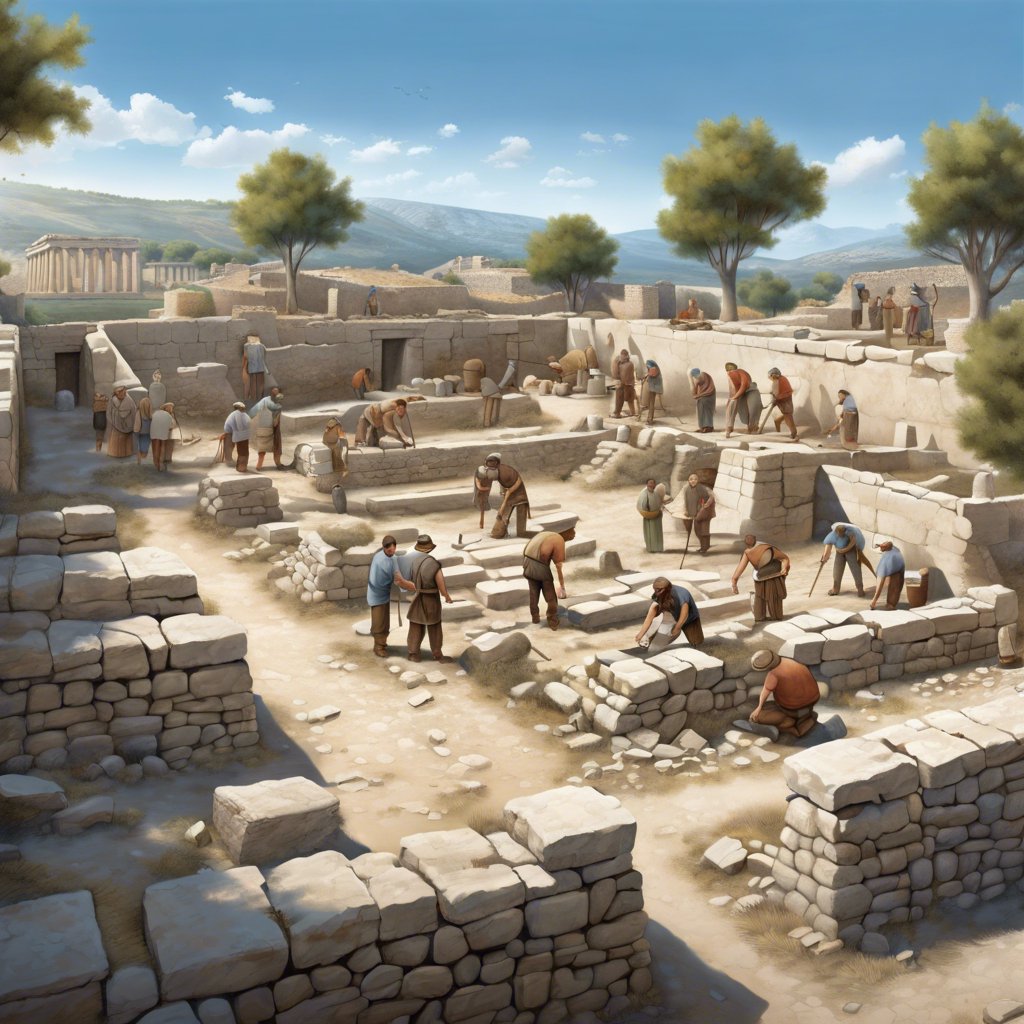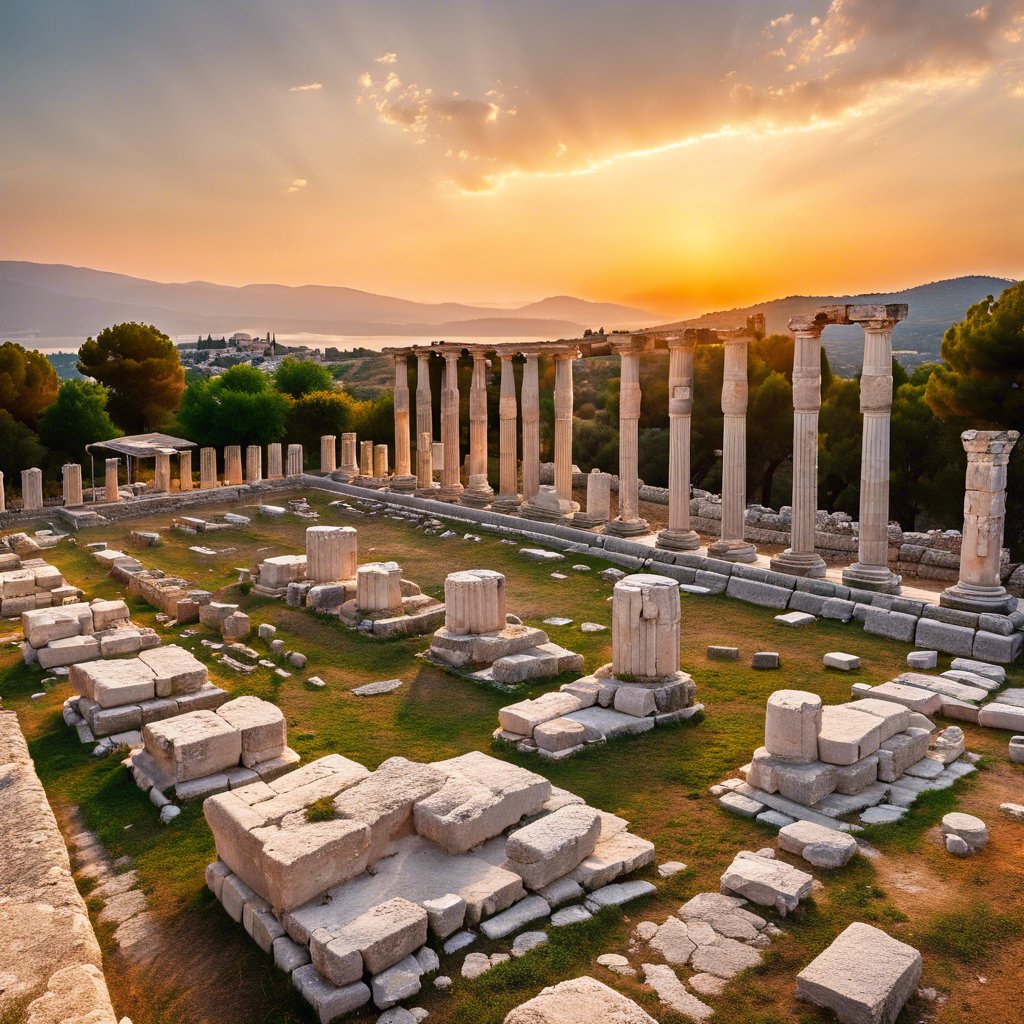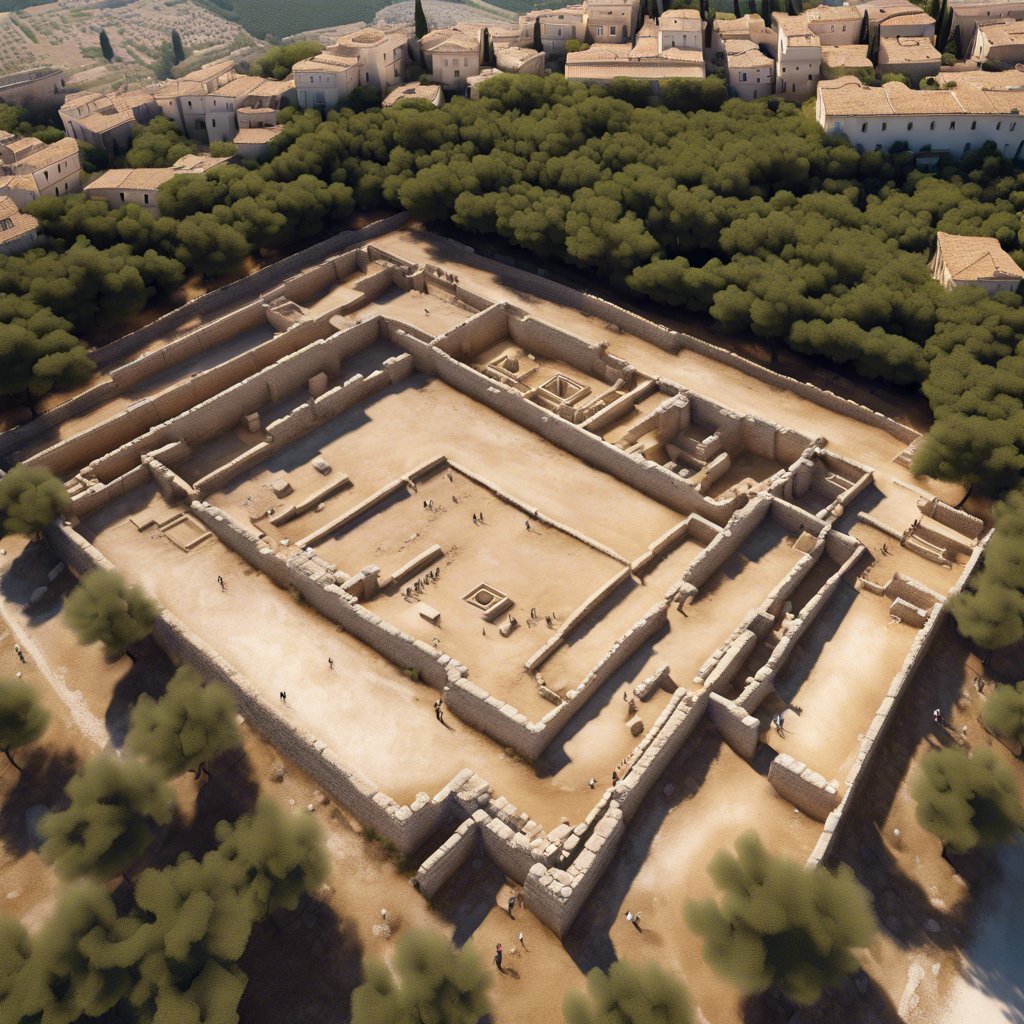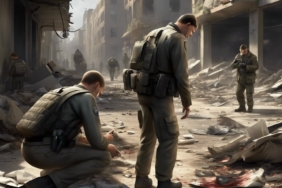Stratonikeia and Lagina Excavations
Head of the Stratonikeia and Lagina Excavation Team, Prof. Dr. Bilal Söğüt stated that they carried out comprehensive archaeological excavations, restoration and drawing works on different structures dating from ancient times to the present day in the Stratonikeia Ancient City and Lagina Sacred Site, one of the most important cities of the Caria region.
Söğüt stated that students, mostly from Pamukkale University’s Archaeology, Cultural Heritage Protection and Repair and Architectural Restoration departments, participated in this year’s excavations and noted that the students received practical on-site training and had the opportunity to learn their professions in the best way possible. .
He emphasized that among the structures that have survived from ancient times to the present day, in addition to the ongoing work in the houses and shops in the Village Square, excavation activities are also continuing in the library and Roman Baths on West Street. He also added that they are continuing the work in the theater without interruption.
Söğüt stated that one of the areas where they completed excavations last year in the Roman Bath was the Palaestra, which is the courtyard part of the bath. “We Will Raise the Pillars with the Heritage to the Future Project”
Söğüt, who reported that the Palaestra’s projects were prepared and that the columns would be re-erected within the scope of the Heritage to the Future Project, made the following statements:
- “We will rebuild the columns that were destroyed in ancient times around 610 AD, in their original locations. During this process, we are taking care not to intervene too much in the ancient structure. In other words, we are reviving these columns as they are, with whatever has survived from ancient times.”
- “I believe that seeing the magnificent Palaestra section of the Roman Baths will have a great impact on visitors. This area will also make important contributions to us in terms of architecture.”
Söğüt emphasized that they gradually revealed the Republic, Ottoman, Menteşe Principality, Byzantine and Roman periods throughout the city’s historical process, and expressed that the Ministry of Culture and Tourism, General Directorate of Cultural Heritage and Museums, Turkish Historical Society, Muğla Governorship, İş Bankası and Pamukkale University supported the work carried out.
Söğüt, who stated that the city shrank after a serious earthquake in the region in 610, said, “We found the columns that collapsed 1,414 years ago, in the same condition they were in at that time. We plan to raise these columns up again “After 1,414 years, obtain an image close to their magnificence at that time and present it to the appreciation of visitors.”
Finally, Söğüt stated that they obtained important data every year during the excavations and emphasized that Stratonikeia is a living archaeological city.















